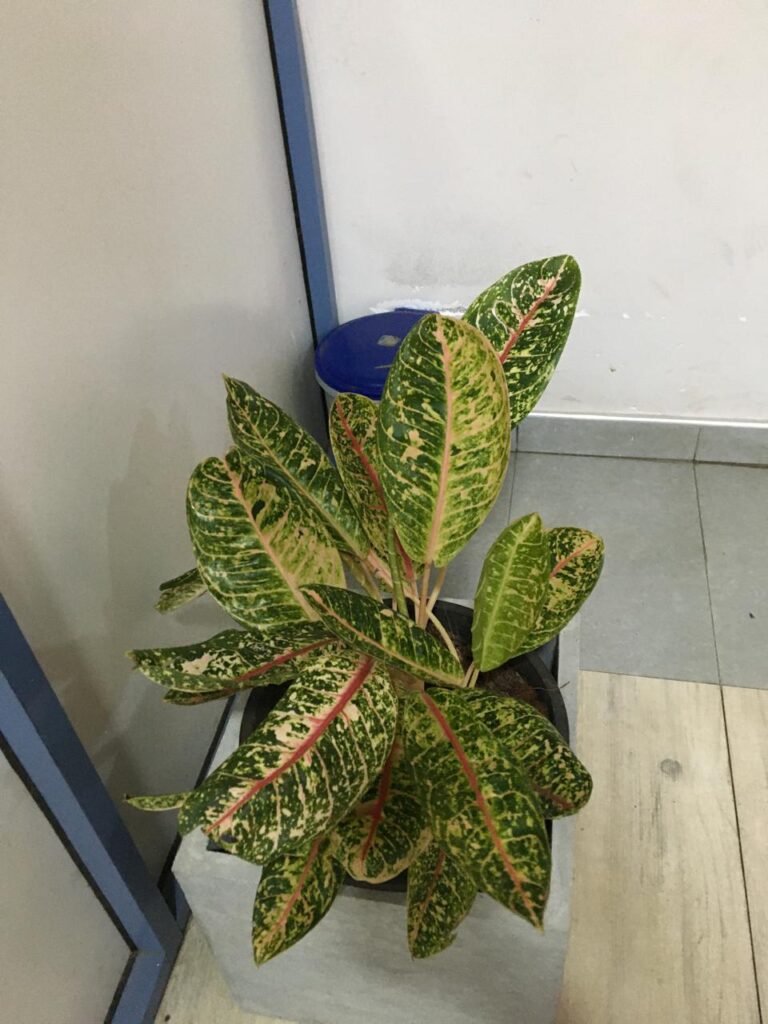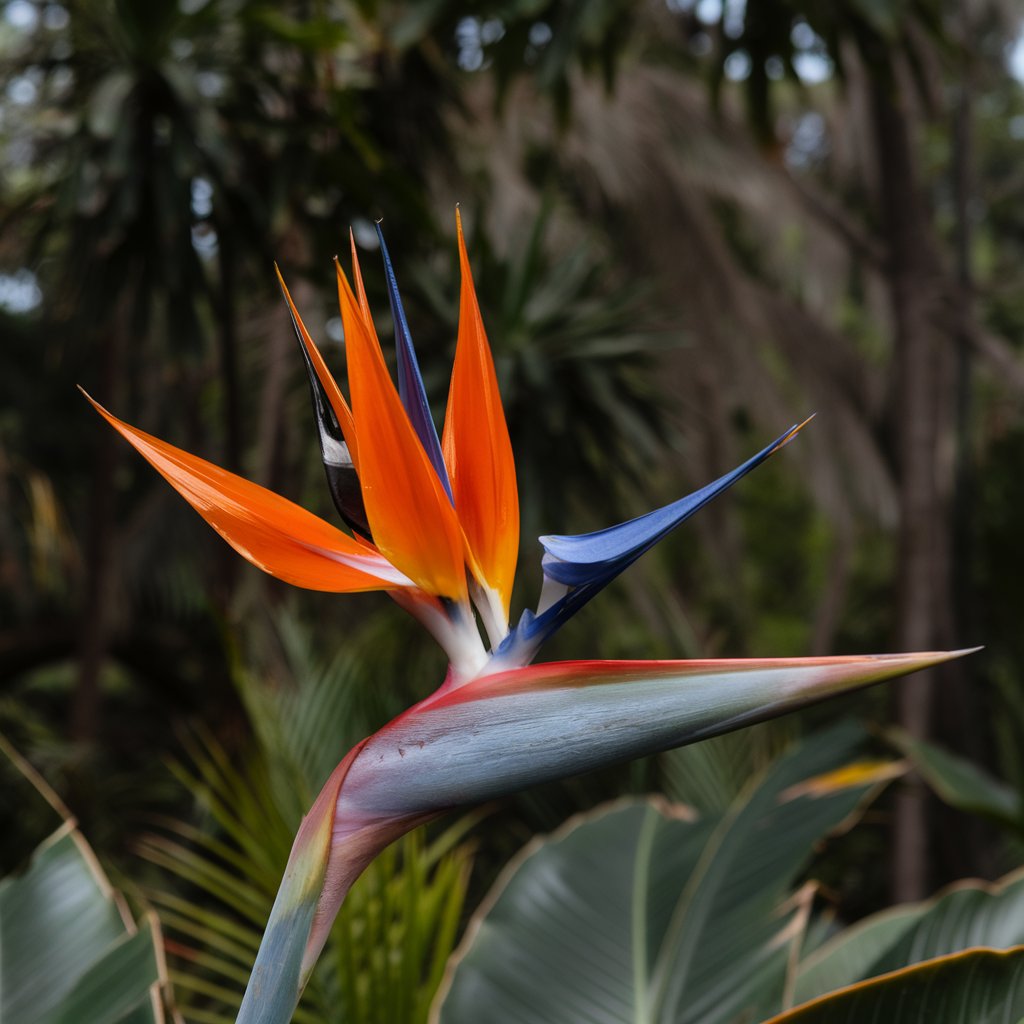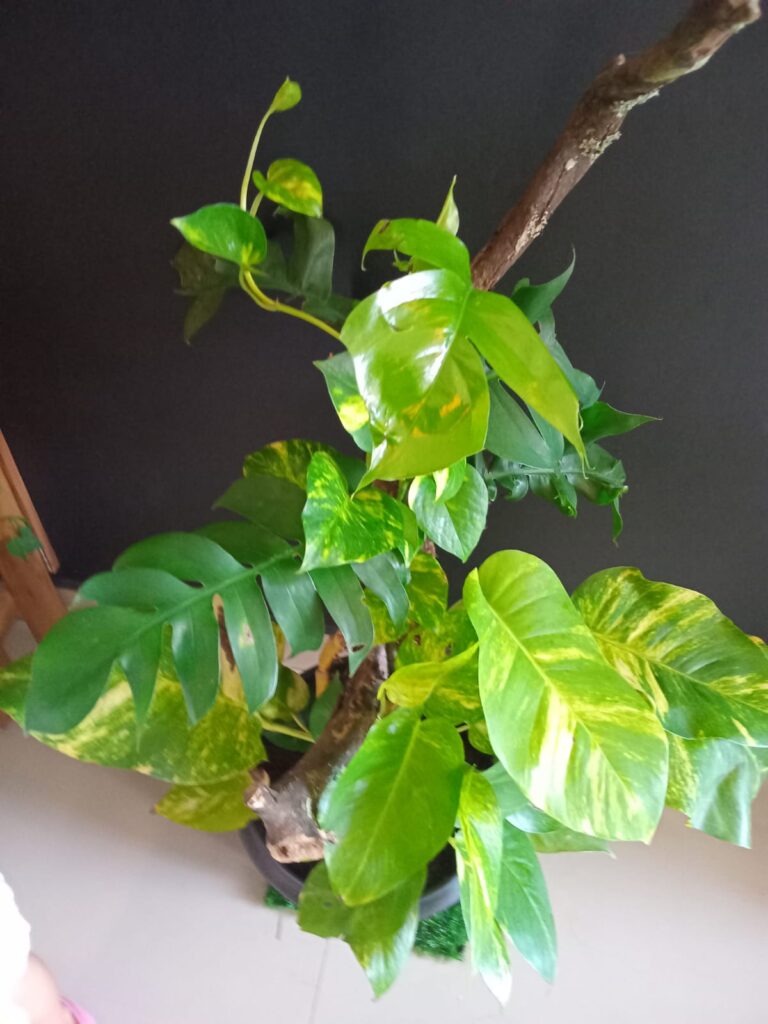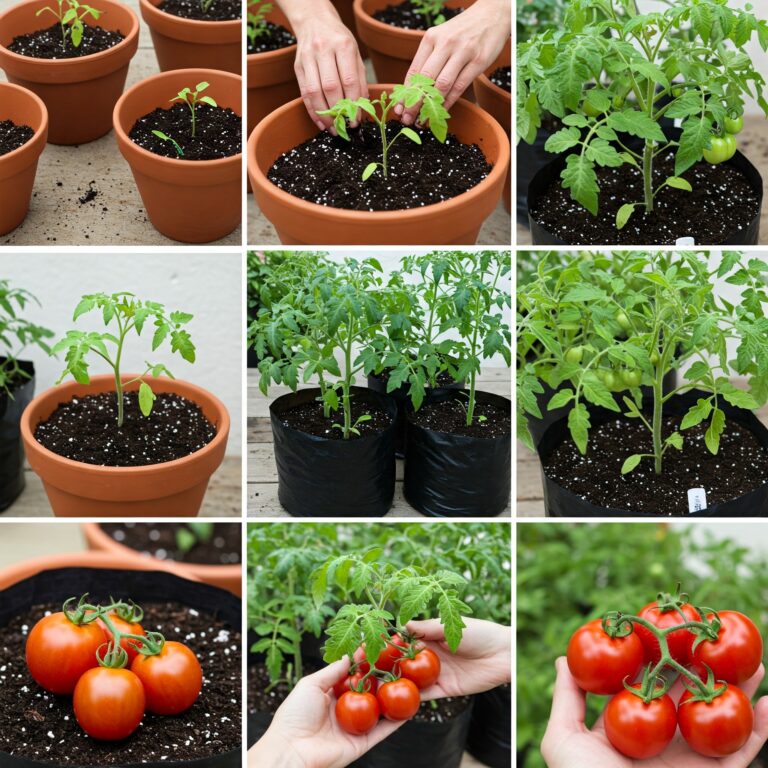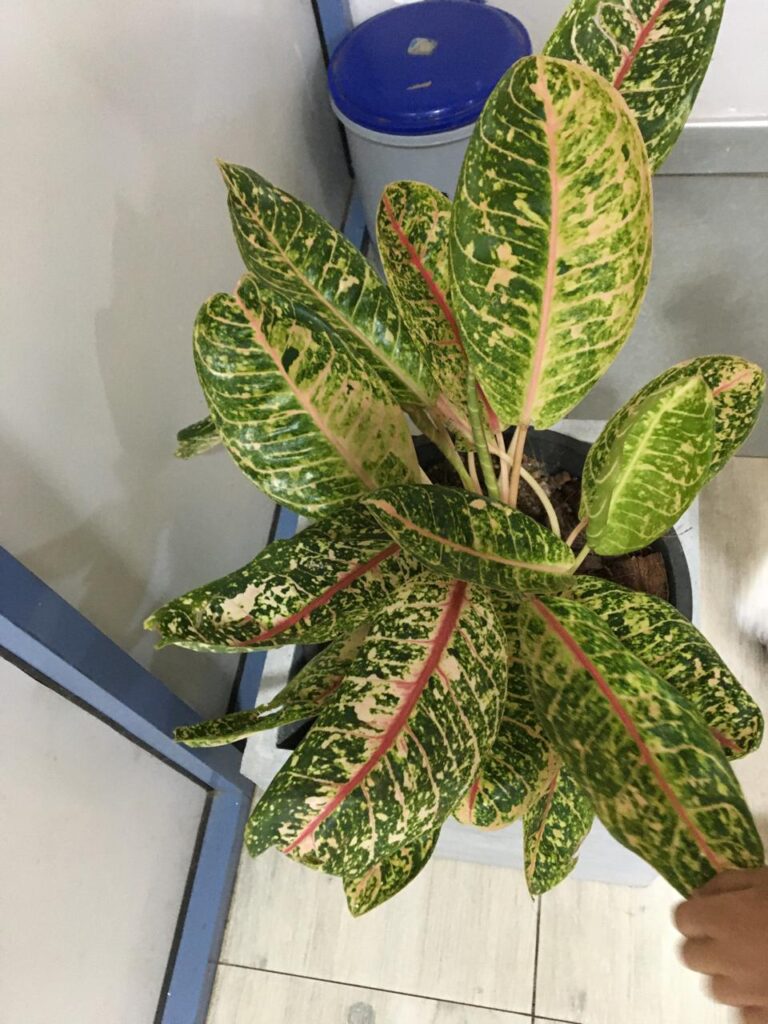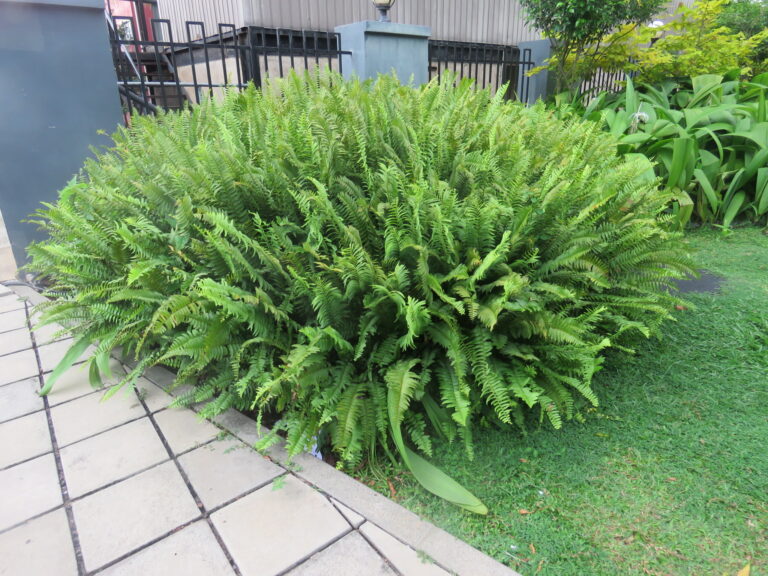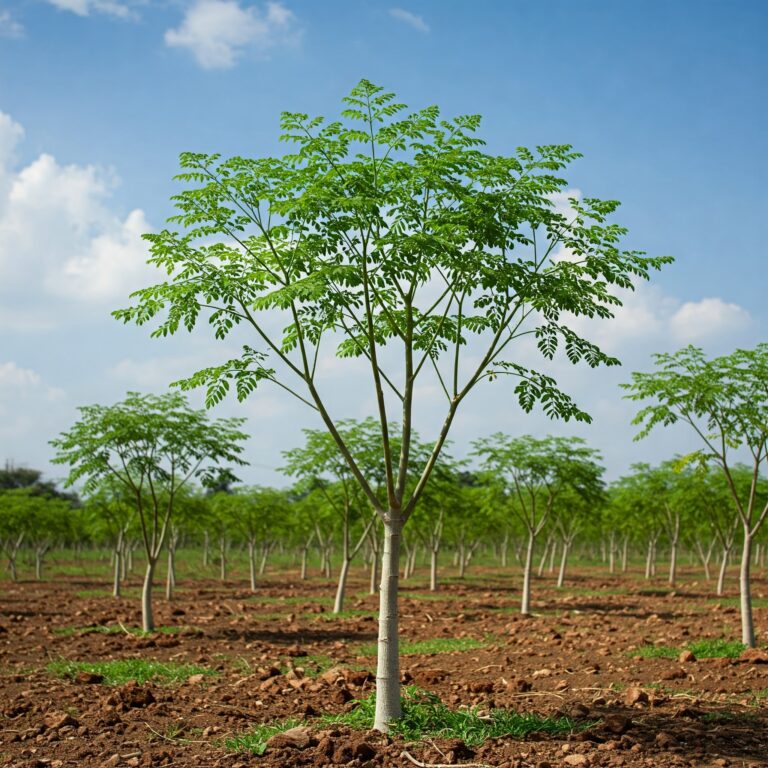Select the ideal indoor plant for your house or place of business.
Fitting plants to your home’s illumination is frequently the key to successful indoor gardening. Below is a list of plants that thrive in various light conditions:
Indoor Low-Light Plants
Perfect for dim spaces, such as north-facing windows or areas away from direct sunlight.
- Snake Plant (Sansevieria): Extremely hardy and thrives with minimal light.
- Pothos: Adaptable and forgiving, with trailing vines.
- ZZ Plant (Zamioculcas zamiifolia): Tolerates low light and infrequent watering.
- Peace Lily (Spathiphyllum): Adds elegance with white blooms, tolerates low light.
Indirect Light Plants, Medium to Bright
Ideal for east-facing windows or areas with filtered sunlight.
- Spider Plant (Chlorophytum comosum): Easy to grow, thrives in moderate light.
- Philodendron: A multipurpose plant with luxuriant leaves.
- Fiddle Leaf Fig (Ficus lyrata): Prefers bright, indirect light, but avoid direct sun.
- Parlor Palm (Chamaedorea elegans): A classic choice for indirect light.
Bright/High-Light Indoor Plants
Best for locations with unobstructed south- or southwest-facing windows.
- Succulents (e.g., Echeveria, Jade Plant): Thrive in bright, direct sunlight.
- Rubber Plant (Ficus elastica): Prefers bright, filtered light but can handle some direct sun.
- Croton: Vibrant foliage that loves bright conditions.
- Bird of Paradise (Strelitzia reginae): Flourishes in sunny, bright spaces.
Expert Advice for Successful Indoor Gardening
- Evaluate Your Space: Pay attention to how the light in various parts of your house changes throughout the day.
- Rotate Plants: Turn pots periodically to ensure even growth.
- Avoid Overwatering: Indoor plants often suffer more from overwatering than neglect.
- Group Plants by Needs: Place plants with similar light and water requirements together.
Try these ideas to create a flourishing green haven in any indoor area.
SNAKE PLANT (Sansevieria spp.)
Botanical name: Sansevieria spp.
Common names: Snake plant, mother-in-law’s tongue, viper’s bowstring hemp
Origin: West Africa
Care Level: Nearly effortless. Can tolerate long periods of neglect without complaint.
Size: 6 inches to 4 feet
Light requirements: Will thrive in everything from bright light to dimly lit corners. Don’t place in direct sunlight, which can scorch the leaves. An east- or west-facing window is optimal.
Growth rate: Slow to moderate.
Where to plant: Almost anywhere that has some sort of light source. The room temperature should be between 65° to 80° F, since sansevierias are sensitive to cold temperatures. They can also be grown outdoors as potted plants or planted directly in the ground in warmer climates (Zones 9 to 11).
Fertilize: Fertilizing indoor plants is generally optional, but giving them a boost during their active growing season (spring and summer) can promote healthier, more vigorous growth.
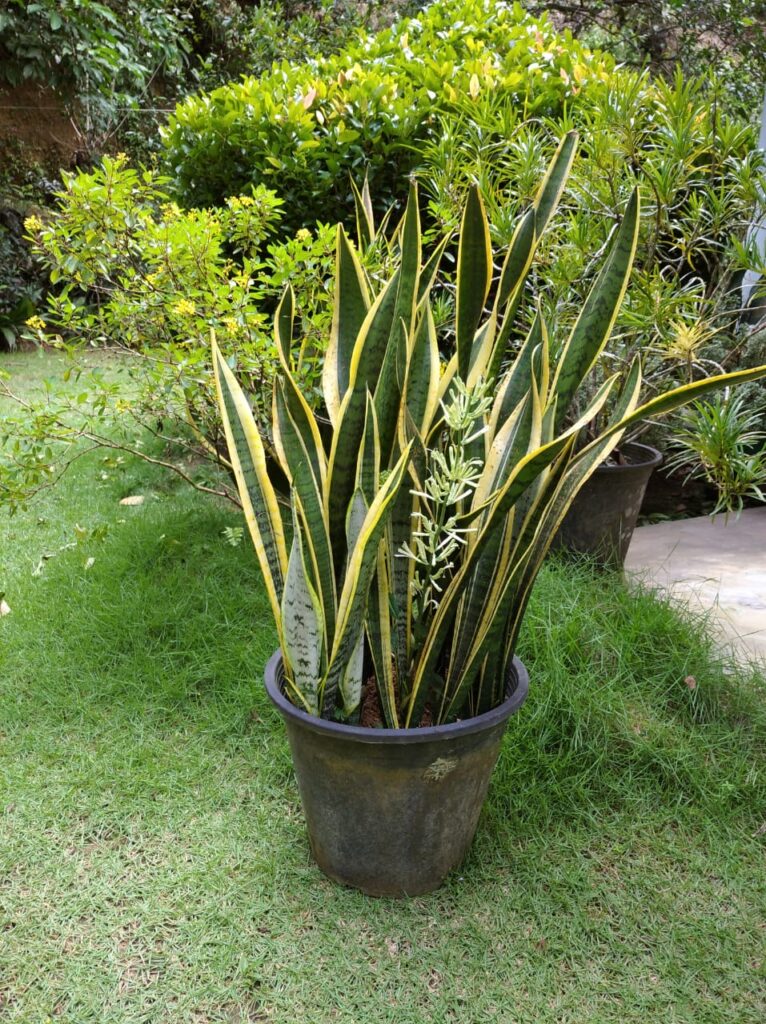
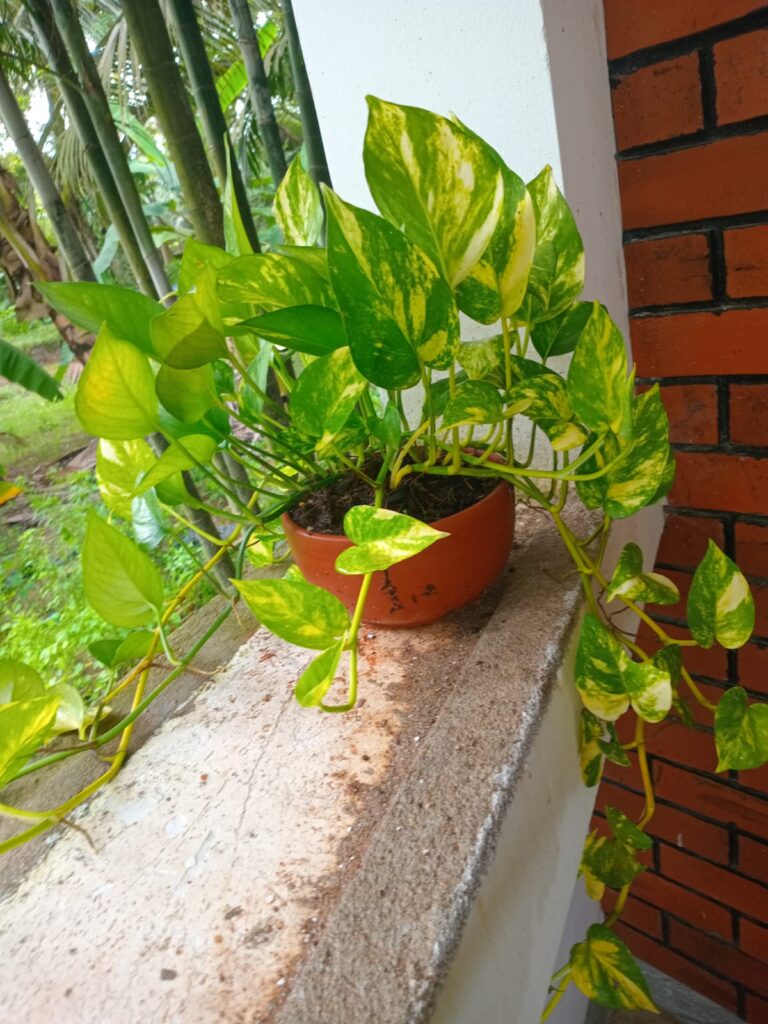
POTHOS PLANTS
Botanical name: Epipremnum aureum
Common names: Devil’s vine, Ceylon creeper, taro vine, ivy arum, silver vine, and Solomon Islands ivy.
Origin: Native to tropical regions of Southeast Asia and Western Pacific islands.
Zones: USDA Zones 10-12. Plants can be grown outdoors in frost-free regions of Florida and California.
Care level: Easy.
Light requirements: Bright indirect light is ideal, but plants are tolerant of low light and fluorescent lighting. Avoid direct sunlight, which can burn or discolor foliage.
Growth rate: Slow to fast depending on variety. More variegation in the leaves tends to slow growth.
Where to plant: Plants should be kept at temperatures above 50 degrees F, with ideal temperature range between 60-80 degrees F. Pothos prefers high humidity similar to its native habitat, but is tolerant of average or dry air. Plants will benefit from supplemental air moisture such as misting or a room humidifier during winter when indoor air is drier.
Fertilize: Pothos are light feeders. Apply a balanced liquid houseplant fertilizer every 1-3 months to keep plants looking healthy.
ZZ Plant (Zamioculcas zamiifolia)
Botanical name: Zamioculcas zamiifolia (pronounced zam-ee-oh-KUL-kass zam-ee-FOH-lee-uh)
Common names: ZZ plant, zuzu plant, eternity plant, aroid palm, Zanzibar gem
Origin: East Africa
Plant type: Herbaceous perennial
Growth rate: Slow
Size: 2 to 3 feet tall
Light requirements: Low to bright indirect light, such as from a north-, east-, or west-facing window. Avoid direct sunlight, which can scorch the leaves. ZZ plant also grows well under fluorescent lighting.
Where to plant: Indoors, grow at average room temperatures of 60 to 75 degrees F. If you put your plant outdoors during the summer, be sure to bring it back inside if temperatures fall below 50 degrees F.
Fertilize: Because ZZ plants can store nutrients in their roots, they don’t need frequent fertilization.
Precautions:ZZ Plants can be irritating to cats, dogs, and humans if foliage consumed. Best practice is always to keep houseplants out of reach of small children and pets.
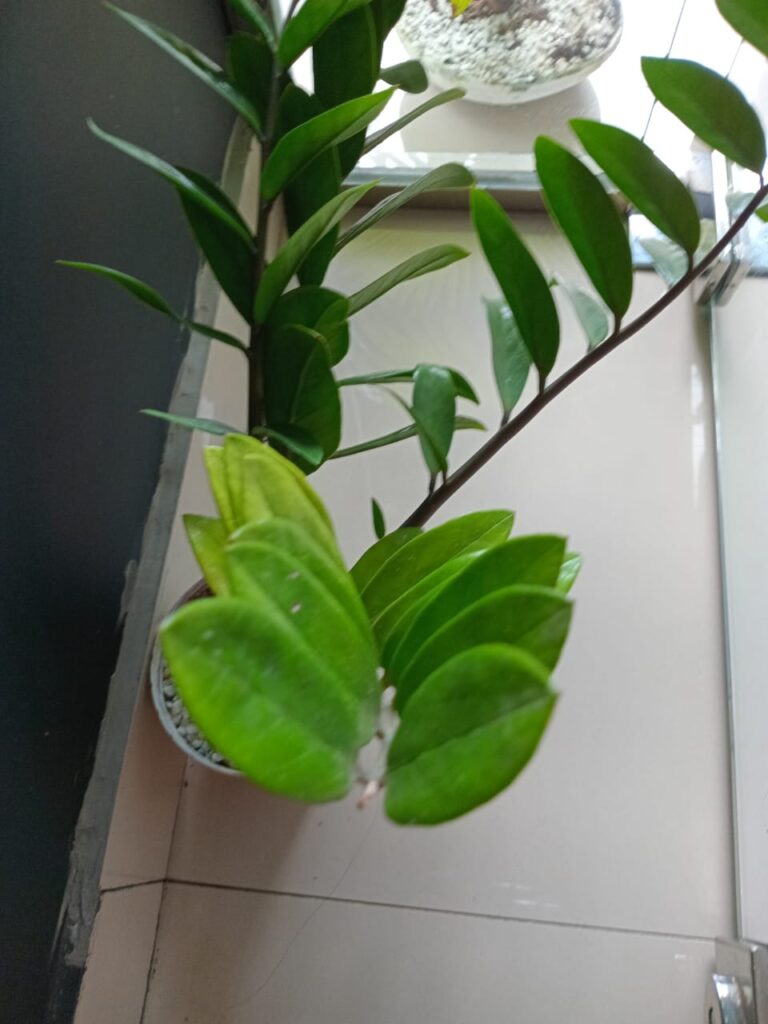

Peace Lily (Spathiphyllum)
Botanical name: Spathiphyllum spp.
Hardiness: Zones 11 to 12. Peace lily can be grown outdoors in warmer regions of Florida and Hawaii.
Light: Low to medium indirect light; avoid exposing to direct sunlight, which can burn the foliage. Too little light will result in fewer flowers.
Growth rate: Moderate in optimal growing conditions; growth rate slows in winter.
Size: 6 inches to 6 feet tall and 4 inches to 6 feet wide
Light requirements: Ideal temperatures range from 65-80 degrees F. Plants can suffer severe damage or die if exposed to temperatures below 45 degrees F. humidity is low.
Where to plant: Site near a window that receives bright but indirect light and avoid cold drafts. Take plants outside when nighttime temperatures are consistently 60 degrees or higher and place in a shaded spot. Bring indoors if temperatures exceed 90 degrees.
Fertilize: Feed with a water-soluble houseplant fertilizer at half strength every two months. Cease fertilizing when plant growth slows.
Spider Plant (Chlorophytum comosum)
Botanical name: Chlorophytum comosum
Common names: Spider plant, airplane plant, ribbon plant, spider ivy, St. Bernard’s lily
Origin: Native to South Africa
Growth rate: Fast, often reaching its full size within a few years
Size: 8 to 24 inches tall, up to 36 inches wide
Light requirements: Bright to moderate indirect light
Where to plant: Indoors or outdoors, spider plants prefer a location with bright, indirect light. Although spider plant can tolerate low-light conditions, it needs adequate light in order to bloom and produce offshoots. Avoid direct sunlight. (Zones 9-11).
Fertilize: Spider plants can also store nutrients in their roots, so they don’t need frequent fertilization. Feed them every two weeks during spring and summer using a water-soluble organic houseplant fertilizer.
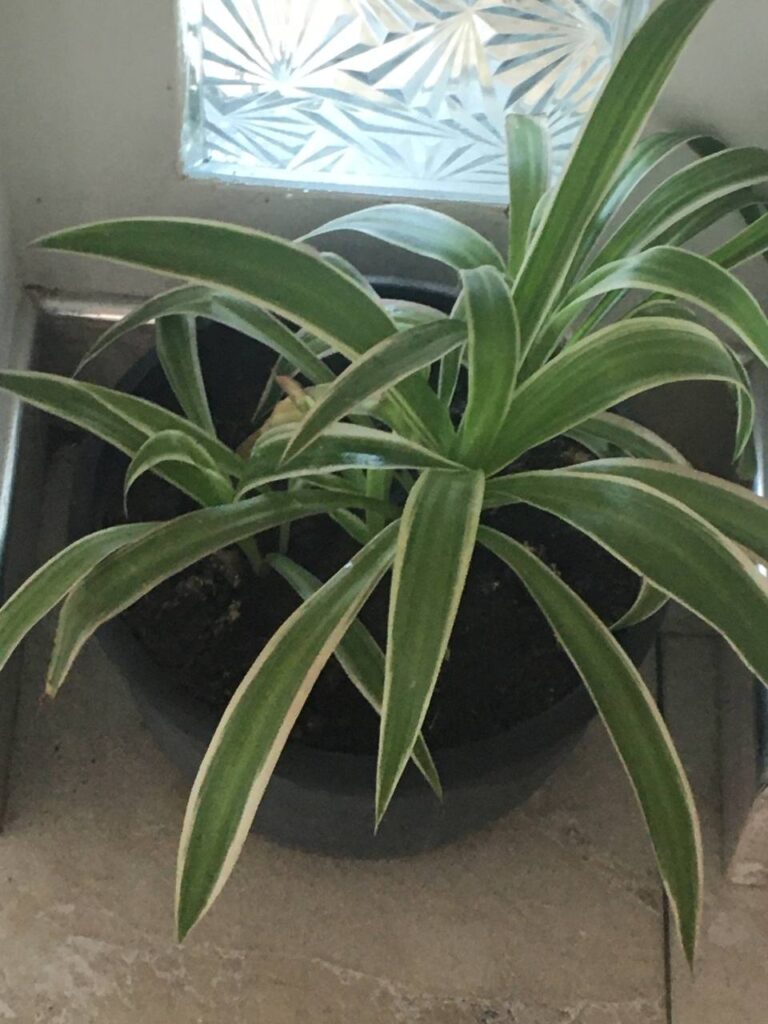
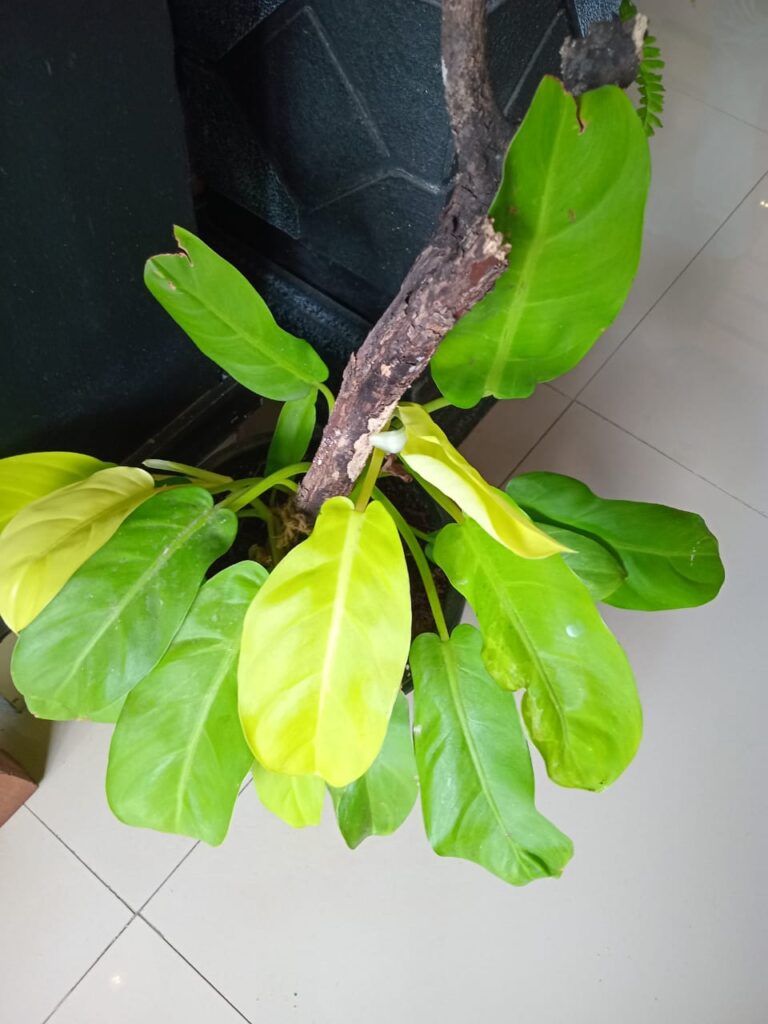
Philodendron
Botanical name: Philodendron spp.
Common names: Philodendron
Origin: Native to tropical regions of Central and South America.
Growth rate: Moderate to fast.
size: 6 to 8 feet. 10 feet or more when supported.
Light requirements: Philodendron plants grow best in medium to bright natural or fluorescent light, but will also tolerate low light. Avoid exposing to direct sunlight, which can burn the foliage.
Where to plant: The best spot is near a window where the sunlight does not directly hit the foliage.
Fertilize: From spring through fall, feed monthly with a water-soluble houseplant fertilizer, following the dosage recommendations on the package
Fiddle Leaf Fig (Ficus lyrata)
Botanical name: Ficus lyrata
Common Name: Fiddle leaf fig, banjo fig
Origin: Western Africa
Size: Can grow up to 10 feet tall indoors, or up to 50 feet tall if planted outdoors in a tropical climate.
Light requirements: Locate near an east or south-facing window with bright indirect or brightly filtered light. Avoid direct sunlight, which can burn the leaves.
Where to plant: Choose a room that’s big and bright, like a great room, large foyer, or atrium.
Fertilize: Fertilize during the active growing season with a high-nitrogen foliage plant food that includes micronutrients.

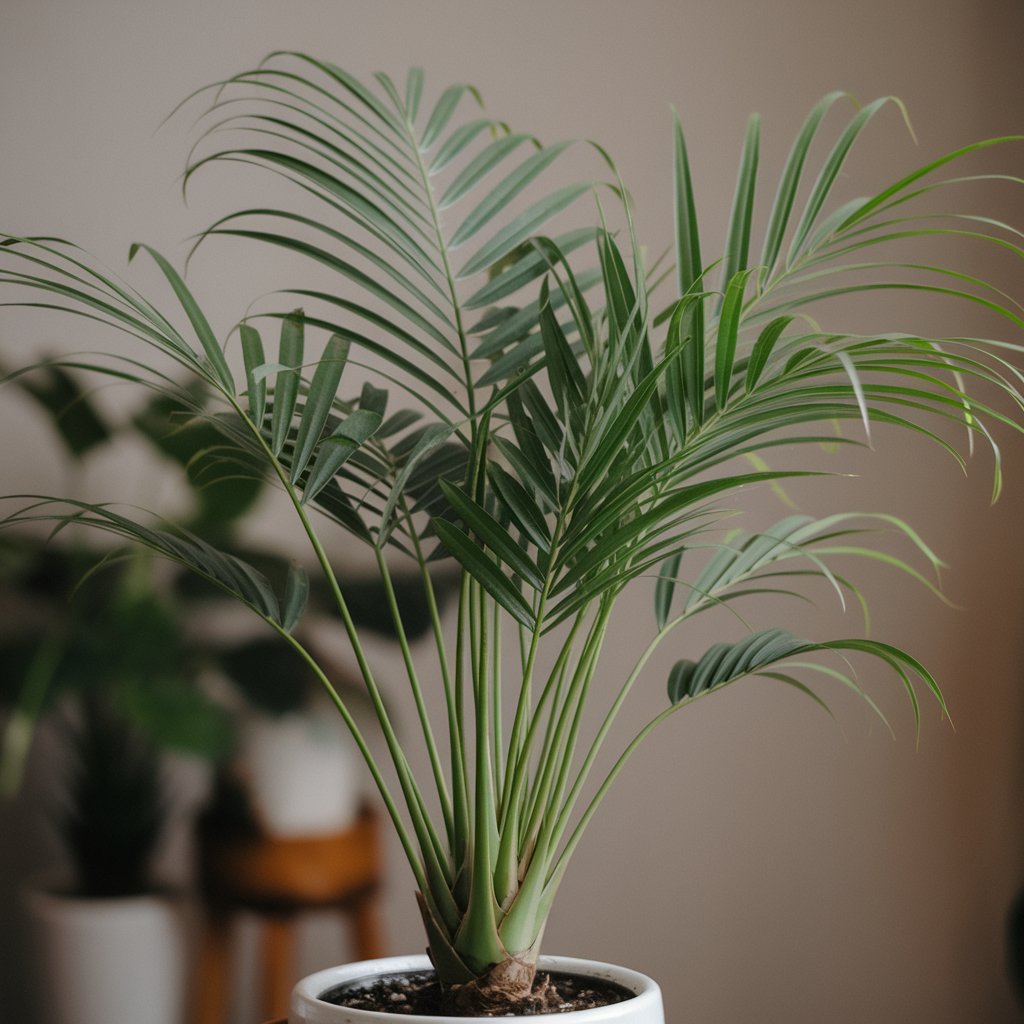
Parlor Palm (Chamaedorea elegans)
Botanical name: Chamaedorea elegans
Size: it is found in tropical areas and grows to 2–3 m (6 ft 7 in – 9 ft 10 in) tall (rarely to 4–5 m (13–16 ft).
Light requirements: Good humidity and moderate lighting without direct sunlight, but it accommodates a certain dryness, high humidity or reduced lighting.
Where to plant: A popular choice for dimly lit foyers and offices. Trimming healthy green fronds will stop growth completely. If you do prune, remove the entire stem.
Fertilize: Fertilize monthly in spring and summer.
Succulents (e.g., Echeveria, Jade Plant)
Botanical name: Echeveria spp.
Common names: Echeveria, hen and chicks
Size: Individual rosettes can grow 1 to 4 inches tall and 2 to 12 inches in diameter. Offsets may reach 14 to 24 inches tall, with clumps of rosettes spreading as much as 24 to 36 inches wide, depending on the variety.
Light requirements: Full sun; echeverias need at least 4-6 hours of bright light per day.
Growth rate: Slow to fast, depending on the variety and growing conditions.
Where to plant: place in an area that receives bright direct light.
Fertilize: Echeverias need very little fertilizing. Apply a slow-release all-purpose fertilizer in spring when plants are actively growing.
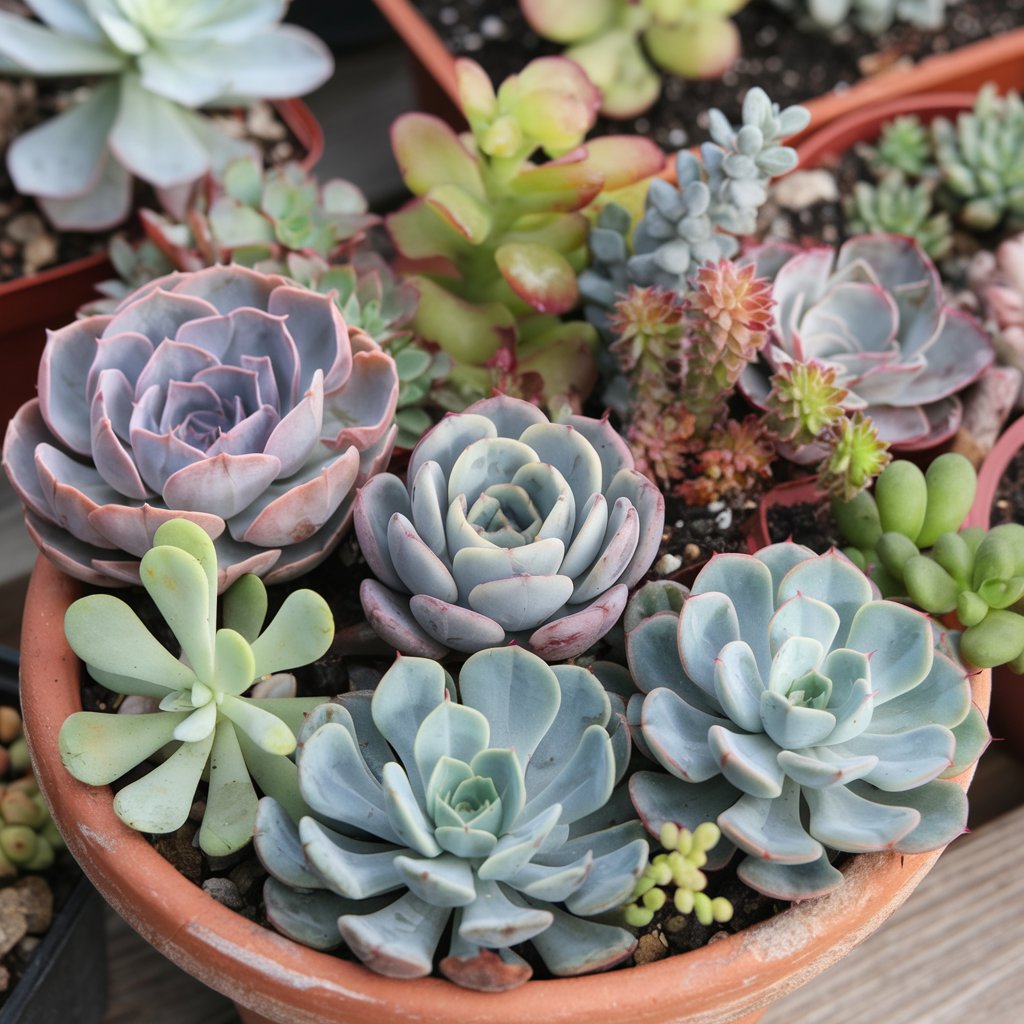

Rubber Plant (Ficus elastica)
Botanical name: Ficus elastica
Common names: Rubber plant, India rubber plant, rubber tree, rubber fig
Growth rate: Fast
Size: In their native tropical habitat, Ficus can reach heights of 50 feet or more. But don’t worry; as houseplants, they rarely grow taller than 10 feet.
Light requirements: Medium to bright light
Where to plant: Be sure to place in a brightly lit location, such as near an east- or west-facing window or several feet back from a south-facing window.
Fertilize: Feed once a month while your plant is actively growing with a,
Croton
Botanical name: Codiaeum variegatum
Size: Croton trees can reach a height of about 6 metres (20 feet), though varieties kept as houseplants can be significantly smaller.
Light requirements: Medium to bright light
Where to plant: They need lots of bright light, warmth and humidity in order to thrive.
Fertilize: once or twice during the growing season or more frequently if you want faster growth.
Crotons are members of the Euphorbiaceae family. All parts of the plant are toxic, including the sap, so keep plants away from children and pets and wear gloves when handling. Avoid getting the sap in your eyes.
